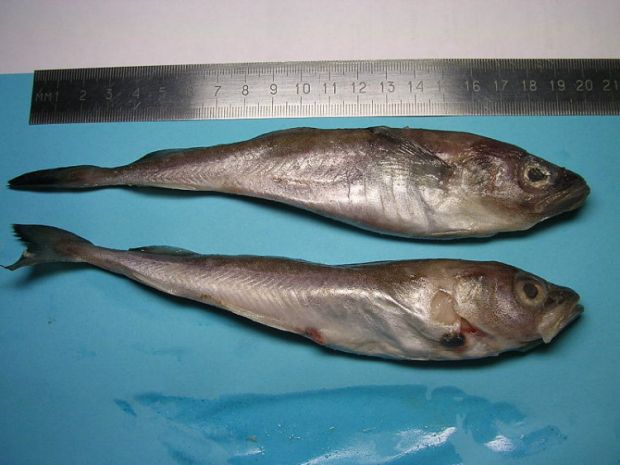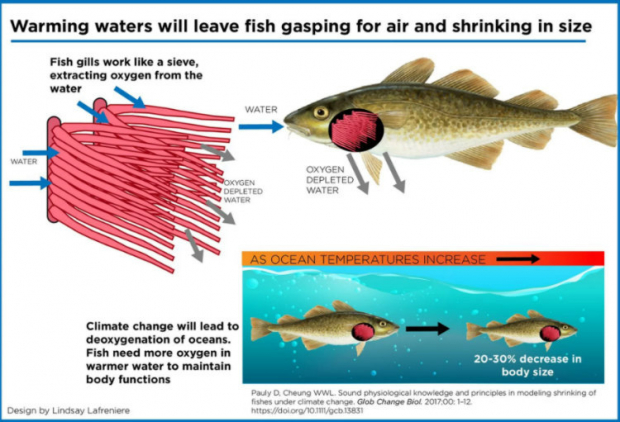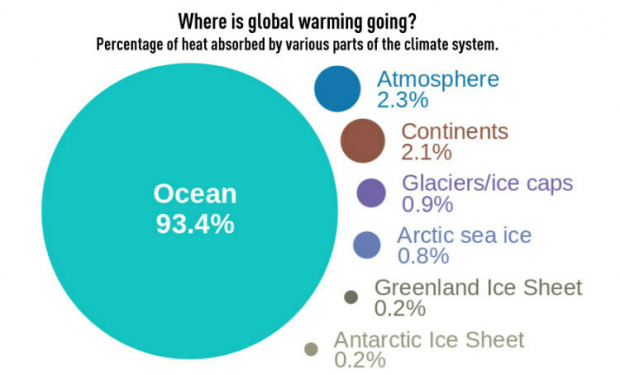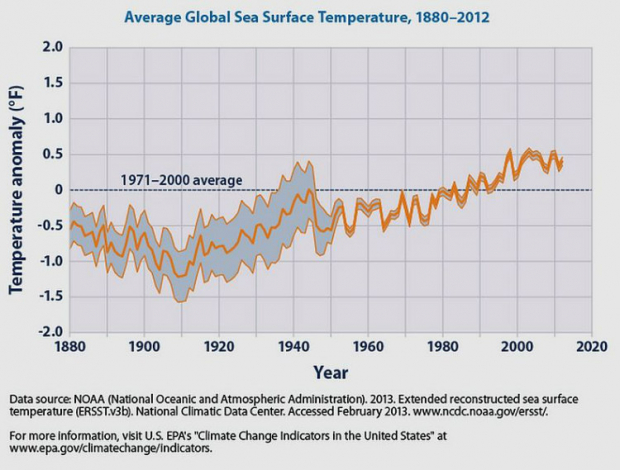Climate Change Affects The Sizes Of Fish
The surface of the Earth is largely covered by water. Oceans regulate the atmosphere and approximately 50-85% of the world’s oxygen comes from the oceans thanks to phytoplanktons. Oceans also absorb millions of tons of carbon dioxide and thus, successfully cool down the atmosphere. Unfortunately, the increase in greenhouse gases has been ruining that. The climate around the world is getting warmer and warmer, and the fish are shrinking in size due to this since sea surface temperatures also increase.

According to the researches, several fish species such as herring, sole, and haddock have gotten significantly smaller. One study published in 2013 by William Cheung of the University of British Columbia suggested that the sizes of 600 fish species could decrease by 14-24 % around 2050 because of climate change. Cheung and another professor at the university’s Institute for the Ocean and Fisheries, Daniel Pauly, recently came up with another research telling that what they predicted in their 2013 study was incorrect and the fish are now in a way worse situation.

Fish get their oxygen from the water passing through their gills. The surface area of those gills is very important for the gas exchange since water contains only a small fragment of dissolved oxygen. When the surface area gets bigger, they can take in more oxygen. However, if the fish evolve larger gills it would reduce the gill-surface-to-body-weight ratio and thus would cause them to be smaller in size.

Almost all fish species are cold-blooded meaning that their body temperatures change according to the temperature of their environment. Their body temperature rises if there is a rise in the temperature of the water. Their metabolic rates also rise with their body temperature. That means the fish would need more oxygen. However, their gills grow at a slower pace than their body, and that limits the amount of oxygen they can obtain from the water. If they can’t get enough oxygen, they can’t get bigger in size.

Oxygen levels of water have also a lot to do with the productivity of phytoplanktons which are small organisms living on water surfaces. NASA stated that there is already a big difference in terms of oxygen density between the warmer water on the surface and the cooler water deep down. When the surface water gets warmer, this difference also gets bigger and they can’t get mixed together. That causes fewer nutrients in the warmer waters. So, the productivity of phytoplanktons drops, and the fish can’t get enough oxygen.

